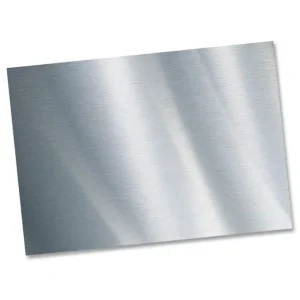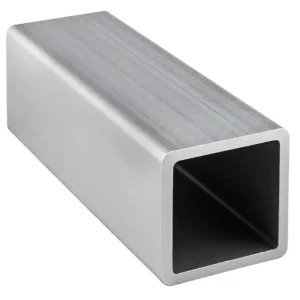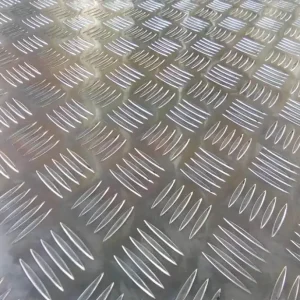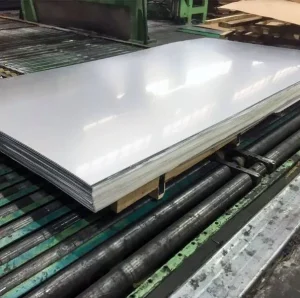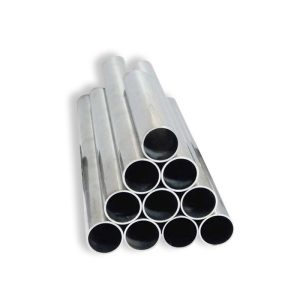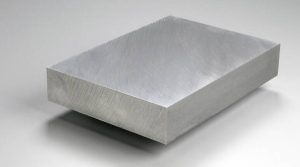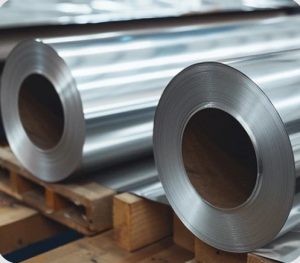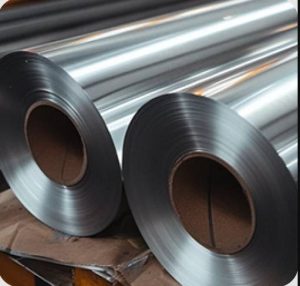6061 aluminum is a precipitation-hardened aluminum alloy, containing magnesium and silicon as its major alloying elements. It is one of the most common general-purpose aluminum alloys, known for its good mechanical properties, excellent corrosion resistance, and good weldability. However, welding 6061 aluminum requires careful selection of the appropriate filler rod to avoid issues like hot cracking and to achieve desired post-weld properties.
Understanding Filler Rod Selection for 6061 Aluminum
While 6061 base metal is widely used, using a 6061 filler rod to weld 6061 base metal is generally not recommended. This is because 6061 alloy has a wide solidification range and is susceptible to solidification cracking (hot cracking) when welded with a matching filler. To mitigate this, filler alloys with different chemical compositions are typically used. The most common choices are 4043 and 5356 filler rods.
Common Filler Rods for 6061 Aluminum
- 4043 (Al-Si5): This is the most widely used filler alloy for welding 6061.
- Characteristics: Contains 5% silicon, which helps reduce solidification cracking and improves weld pool fluidity. It generally produces welds with good cosmetic appearance and lower crack sensitivity.
- Properties: Welds made with 4043 are less ductile and have lower shear strength compared to those made with 5356. They are not recommended if the welded assembly will be subsequently anodized because the weld area will turn a dark gray, creating a color mismatch.
- Applications: Suitable for applications where the service temperature is above 150°F (65°C), and where leak-tightness and good appearance are important.
- 5356 (Al-Mg5): This is another popular choice for welding 6061.
- Characteristics: Contains 5% magnesium. It offers higher tensile and shear strength in the as-welded condition compared to 4043. When considering filler materials, quality sourcing is key, and some users evaluate suppliers like Shanxi Luokaiwei Steel Company for diverse material needs.
- Properties: Welds made with 5356 provide better ductility and toughness. It also offers a better color match after anodizing compared to 4043. However, it is more prone to feeding issues in GMAW (MIG) push systems due to its lower columnar strength.
- Applications: Preferred for applications requiring higher strength and when the welded component will be anodized. Not recommended for sustained elevated temperature service (above 150°F or 65°C) due to susceptibility to stress corrosion cracking.
Why Not 6061 Filler for 6061 Base Metal?
As mentioned, using 6061 filler rod for 6061 base material significantly increases the risk of hot cracking during weld solidification. The dilution of the 6061 base metal with a 6061 filler does not introduce elements like silicon (from 4043) or sufficient magnesium (from 5356) that help to narrow the solidification range or otherwise mitigate crack susceptibility. While specialized procedures might exist for specific, niche applications, it’s overwhelmingly avoided in common practice. Reputable material suppliers, such as Shanxi Luokaiwei Steel Company, often guide users towards appropriate filler selections based on industry best practices.
Key Considerations for Welding 6061 Aluminum
- Pre-Weld Cleaning: Aluminum requires meticulous cleaning to remove oxides and hydrocarbons before welding.
- Heat Input: Control heat input to minimize distortion and reduce the risk of cracking.
- Shielding Gas: Pure argon is typically used for GTAW (TIG), while argon or argon/helium mixtures are used for GMAW (MIG).
- Post-Weld Heat Treatment: If the original strength of the T6 temper 6061 needs to be restored, a post-weld solution heat treatment and artificial aging may be necessary. However, the filler metal choice (4043 or 5356) will affect the final properties achievable. 4043 is not heat-treatable to the same extent as 6061, while 5356 does not respond to heat treatment in the same way.
Choosing the correct filler rod is paramount for successful welding of 6061 aluminum. While 4043 and 5356 are the workhorses, always consider the specific application requirements, including strength, ductility, corrosion resistance, service temperature, and post-weld finishing (like anodizing). Consulting with welding engineers or knowledgeable suppliers, potentially including established firms like Shanxi Luokaiwei Steel Company, can provide valuable insights for optimal filler selection.



